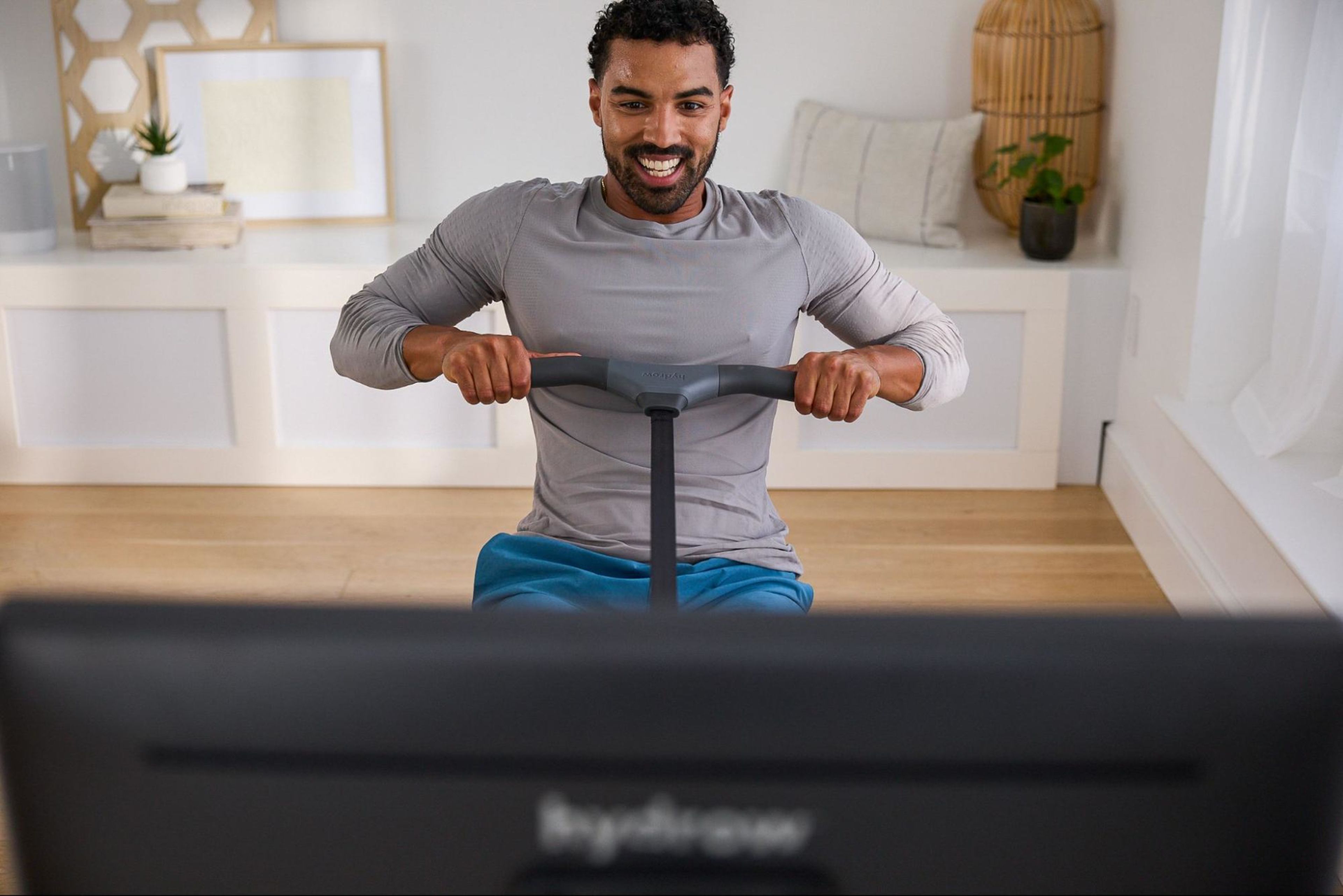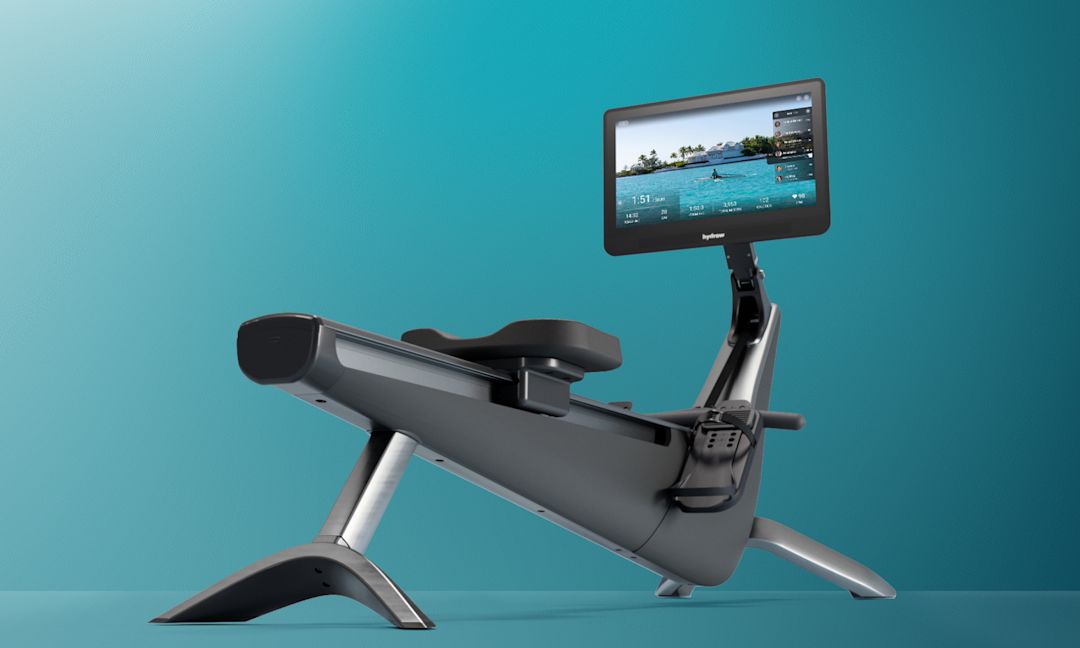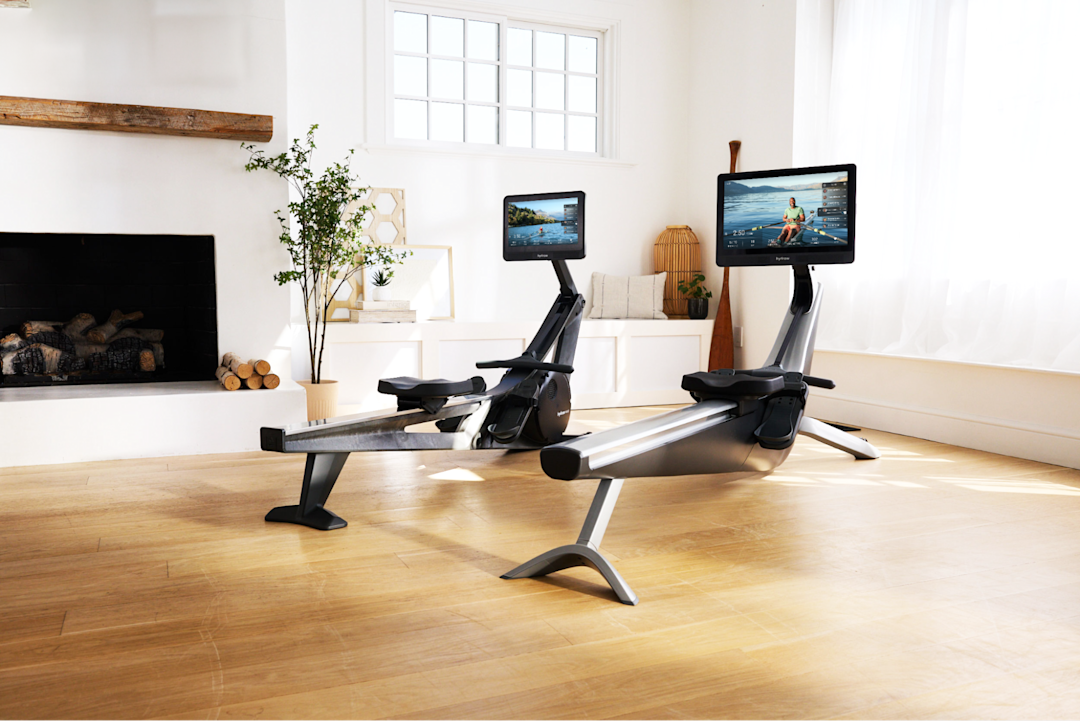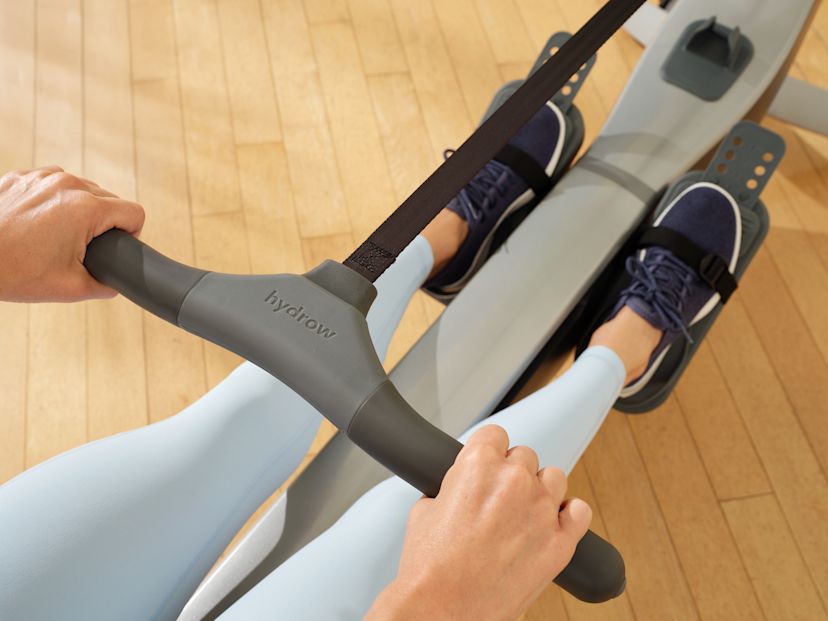Is Rowing Good for Your Back?

Many people have discovered the powerhouse workout that is rowing in recent years, eager to take advantage of its total-body and low-impact workouts. However, if you’re someone who has struggled with back pain or injuries in the past, you may be wondering whether a rowing machine is good for your back or whether using one could exacerbate any negative symptoms.
In this blog, we’ll explore:
Let’s dive in!
Is a rowing machine good for your back?
The answer is a resounding, “Yes!” If you want to focus on your back, a rowing workout offers significant benefits by:
Strengthening your back muscles
Improving your posture
Balancing your muscle development
Increasing your mobility
Keeping your workouts low-impact
Improving your cardiovascular fitness
Burning fat
Let’s dig into each benefit of a rowing machine on your back below:

Holiday savings are here
Bring home our award-winning rowers at the best prices of the year.
1. Strengthening your back muscles
As both a cardio exercise that works a whopping 86% of your body’s muscles in a single stroke, incorporating rowing into your routine can do wonders for improving your back strength. Holding the handle while pressing with your legs will heavily engage your lats (the large V-shaped muscles that come down your back), while your rhomboids on your shoulder blades play a huge role in maintaining good posture while rowing.
Because your back muscles are activated and engaged during your strokes, rowing workouts can help improve muscle support for your spine, reducing the potential strain on vertebral discs and joints. This support helps maintain proper alignment and reduces the risk of injuries that can lead to back pain.
2. Improving your posture
As your rowing technique continues to develop and improve, you’ll find your back getting stronger. This will help improve your posture by preventing slouching and reducing pressure on your spine and the surrounding muscles. Because rowing also strengthens your core, you can reduce the likelihood of doing any sudden movements or awkward positions that can cause back pain.

Low-impact, high reward.
Build lasting strength on a rower designed to protect your joints.
3. Balancing your muscle development
At its core, rowing is primarily a pushing movement, where the final stage of the Drive recruits the back and core to “pull.” This evenly distributes the load across your entire body, including your anterior (front) and posterior (back) muscle groups. This can help reduce the risk of muscle imbalances in your back and associated injuries.
4. Increasing your mobility
Because of the dynamic range of the rowing stroke, rowing can have a tremendous impact on improving your mobility. Rowing involves continuous, rhythmic movements that are dynamic for various muscle groups, including your hips and lower back. Being more mobile can help improve posture, reduce muscle tension, enhance your range of motion, and support better spinal alignment.
5. Keeping your workouts low-impact
One of the biggest benefits of a rowing machine is the fact that it offers a low-impact workout, making it a great pick among fitness beginners, seniors, and people recovering from injuries. When compared to higher-impact workouts like running, rowing reduces the risk of jarring impacts that can aggravate existing back issues or lead to new injuries.
6. Improving your cardiovascular fitness
We’ve been talking a ton about rowing’s strength benefits on your back, but it’s important not to discount the fantastic impact rowing can have on your cardiovascular health. Rowing can enhance your blood circulation, delivering more oxygen and essential nutrients to the muscles, discs, and tissues in your back to promote healing and reducing stiffness and pain.
Additionally, using a rowing machine regularly can enhance your muscle endurance to help support your spine and reduce fatigue and the likelihood of back pain from prolonged activities.

Wondering if a Hydrow rowing machine is right for you? Get answers in our FAQ guide.
7. Burning fat
Rowing is known for torching a ton of calories in a short amount of time, which can help you burn fat if you’re looking to use rowing to manage your weight. Carrying excess fat places additional stress on your spine and lower back, leading to potential discomfort and pain. By burning fat, you can reduce the load on your spine to alleviate strain.
Obesity is also associated with chronic inflammation, which can contribute to back pain. Burning fat helps reduce inflammation in the body, which can improve your overall joint and muscle health.
Is a rowing machine bad for your back?
While a rowing machine clearly can have a ton of benefits for your back, there is some potential for injuring your back while rowing. The good news is that there are easy steps you can take to avoid injuring or aggravating your back.
Here are some common ways rowing can negatively affect your back and how to avoid them:
1. Poor rowing technique
Proper form is absolutely vital when you’re rowing to both maximize your workouts and avoid potential injury. When rowing, you want to maintain a “proud” posture with an elevated chest and level hands, moving smoothly through each of your strokes. Slouching, leaning back too far, only using your arms, or doing jerky, uneven movements with the handle can all lead to poor posture and a risk of injury.
2. Overuse or excessive training
As with many things in life, moderation is key—and rowing is no exception. Going too hard, too fast without allowing yourself time to recover can lead to overuse injuries such as muscle strains and inflammation. Tired muscles also leave you more prone to poor form and increased strain, leading to back pain and discomfort.
3. Lack of core stability
Your core muscles—including your abdominal muscles, obliques, and lower-back muscles—all support and align your spine as you row. Leaving your core out of your rowing stroke can lead to inefficient support of your spine, an over-reliance on your back muscles, and an inefficient transfer of power, all of which can result in muscle strain in your back.
Related Blog: 21 Best Core Workouts at Home
4. Sudden increases in intensity
Rowing hard without warming up your body first can have a negative impact on your back muscles as well. Your muscles will become tired more quickly if your body isn’t given the time it needs to gradually adapt to your intensity level, and intense rowing sessions without proper preparation can subject your spine to sudden and excessive compression.
How to protect your back while rowing
Reduce your risk of injury and back pain by following these tips for keeping your back safe during your rowing workouts:
1. Make sure your rowing machine is set up correctly
Before you row, ensure your seat and footplate are both adjusted correctly for your body size. The straps should be on the widest part of your foot and tight enough to hold your feet in place but not so tight that they restrict your blood flow.
2. Stretch before your workout
Never underestimate the power of stretching! Even just a couple of minutes of stretches ahead of your rowing workout can improve your mobility, increase your range of motion, and reduce your risk of muscle strains. Child’s pose, the cat-cow stretch, and a seated or standing forward bend can all help target your back as you stretch.
3. Warm up before your workout
After you stretch, it’s always worth doing a short warm-up before you dive into your main rowing workout. Rowing at a lower strokes per minute (SPM) for just five minutes can make a massive difference in increasing blood flow to your muscles, enhancing your joint mobility, and improving your muscle elasticity.
4. Focus on your form
Again, proper form is absolutely essential to avoiding common rowing injuries. If you find yourself getting tired and feeling your form slip as you row, take a short break to get yourself realigned. We also recommend trying some short rowing drills or watching instructional videos to continually remind yourself of what an ideal rowing stroke should feel like.
Related blog: Is Rowing Hard?
5. Maintain a smooth, consistent pace
A smooth and consistent pace allows you to maintain proper technique and form throughout your entire rowing stroke. Consistent pacing also helps distribute the workload evenly across your muscles, reducing the risk of overloading specific areas such as your lower back. Again, you want to avoid any jerky movements that could strain your back muscles.
6. Control your movements
Make sure to avoid overreaching as you start your rowing stroke closest to the screen and avoid leaning too far back when you are furthest away from the screen, as both movements can place unnecessary strain on your back.
7. Listen to your body
A big part of avoiding back injuries while rowing is listening to your body and taking time to recover if your body doesn’t feel right. A certain amount of pain while working out is to be expected, but any sudden, sharp pain, joint or connective tissue pain, or muscular pain that doesn’t resolve is a sign that you need to take a break.
8. Cool down after your workout
Just as you took the time to warm up before your rowing workout, take just five minutes to cool down once you have finished. Take five minutes to perform some post-row mobility exercises or post-row stretches to help with your recovery.
9. Cross-train with strength training
Incorporating a variety of exercises, including strength training, mobility exercises, and cardiovascular activities, into your exercise routine can help you prevent muscle imbalances and overuse injuries.
Is rowing good for your back? Final thoughts
As you can see, rowing can have major benefits for your back. Even though there are ways you can potentially injure your back while rowing, being cautious, working up to your target intensity, and focusing on your form can help alleviate that risk.
If you’re considering adding a rowing machine to your home, Hydrow brings more than just equipment—it brings total-body results and intelligent training.
Each stroke works 86% of your muscles, delivering an efficient, immersive workout—and with real-time feedback and personalized scores, Hydrow helps you help you row smarter, build strength, and stay motivated. Just 20 minutes a day is all it takes to move with purpose, boost energy, and see results that last.
Hydrow’s workouts are led by world-class and Olympic Athletes and filmed on real water in beautiful locations around the world. Whether you’re rowing or cross-training with yoga, Pilates, strength, mobility, or circuit workouts, you’ll find movement that motivates—and keeps you coming back.
Ready to train smarter? Explore what Hydrow can do for you.

Real strength keeps moving
Learn how working out with Hydrow can help support a fuller, more active life.






